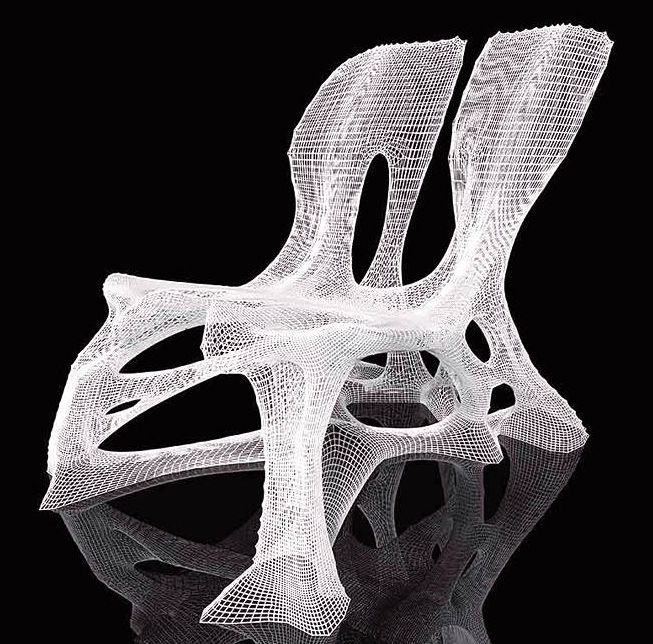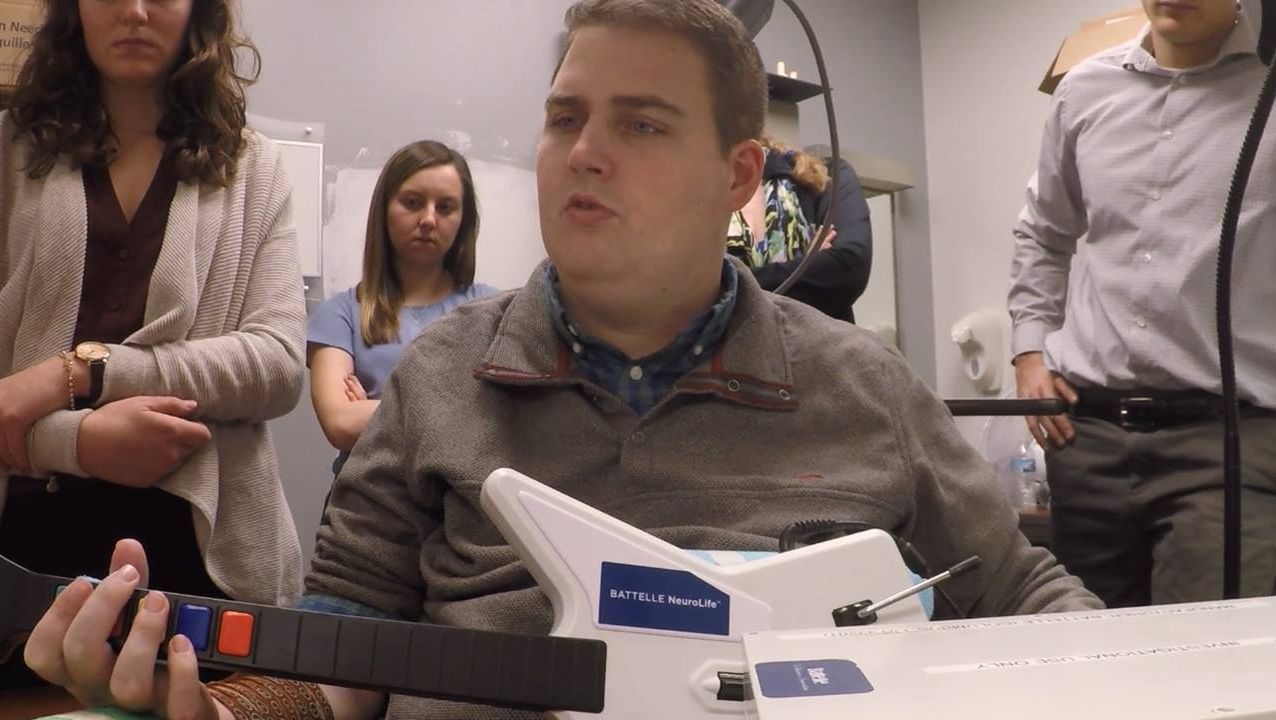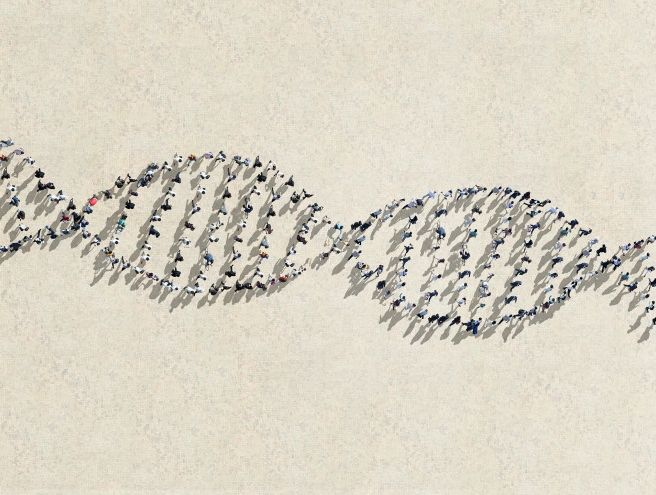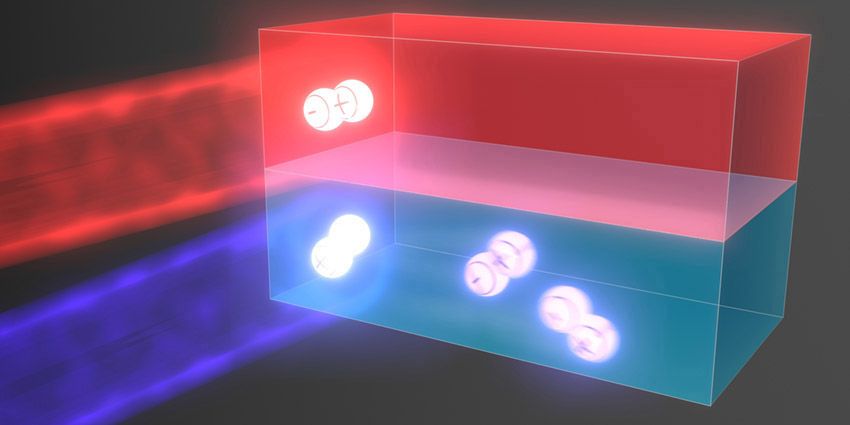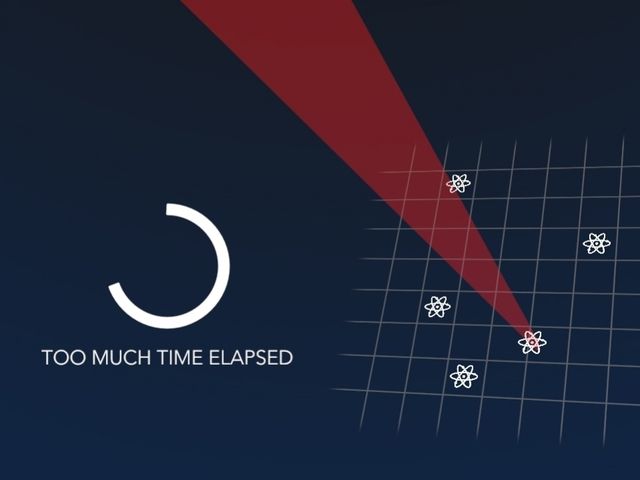Page 10834
Apr 13, 2016
What Should Everyone Know About Quantum Spin Liquids?
Posted by Karen Hurst in category: quantum physics
Interesting read on Quantum Spin Liquid pulled from the online site Quora.
This question was originally answered on Quora by David Kahana.
Apr 13, 2016
Are Humans the New Supercomputer?
Posted by Karen Hurst in categories: information science, neuroscience, quantum physics, robotics/AI, supercomputing
Newswise — The saying of philosopher René Descartes of what makes humans unique is beginning to sound hollow. ‘I think — therefore soon I am obsolete’ seems more appropriate. When a computer routinely beats us at chess and we can barely navigate without the help of a GPS, have we outlived our place in the world? Not quite. Welcome to the front line of research in cognitive skills, quantum computers and gaming.
Today there is an on-going battle between man and machine. While genuine machine consciousness is still years into the future, we are beginning to see computers make choices that previously demanded a human’s input. Recently, the world held its breath as Google’s algorithm AlphaGo beat a professional player in the game Go—an achievement demonstrating the explosive speed of development in machine capabilities.
But we are not beaten yet — human skills are still superior in some areas. This is one of the conclusions of a recent study by Danish physicist Jacob Sherson, published in the prestigious science journal Nature.
Apr 13, 2016
Science allows paralyzed man move his hand again
Posted by Shailesh Prasad in categories: biotech/medical, neuroscience, science
Apr 13, 2016
Genetic Superheroes Walk Among Us, But Shhh! No One Can Tell ‘Em
Posted by Dan Kummer in categories: biotech/medical, genetics
Scientists announced they have found 13 “resilient” people who have genetic mutations that should have doomed them to serious childhood disease.
Apr 13, 2016
Quantum techniques to enhance solar cell efficiency
Posted by Karen Hurst in categories: quantum physics, solar power, sustainability
Luv it — Improving Solar energy with Quantum.
A quantum process called singlet fission could boost solar cell efficiency by harnessing inaccessible parts of the solar spectrum.
Apr 13, 2016
Samsung’s flagship KS9800 is bold, beautiful, and wicked smart
Posted by Karen Hurst in categories: electronics, virtual reality
Wicked nice — however, I cannot wait to see SamSung leverage Q-Dots (QD) for VR.
It’s Samsung’s best 4K UHD TV yet, and not just because it has stunning picture quality. It’s also the smartest, easiest-to-use TV we’ve seen in some time.
Apr 13, 2016
How To Get Better At Quantum Computing: Make A Game Of It
Posted by Karen Hurst in categories: computing, entertainment, internet, quantum physics
Creative approach and I like it. I advise IT leaders, developers, architects, etc. to start learning as much as they can about Quantum Technology because technology in the next 6 to 7 years will begin the accelerated adoption of this technology and at that point it will be too late for folks in tech to catch up. Now is the time to learn and keep track of the progression of this technology as well as understand where and how this technology can be leveraged earlier in various areas of the infrastructure, devices, and even in industry.
Researchers gave internet users games that simulate quantum physics experiments, and internet users gave the researchers more elegant solutions.
Apr 13, 2016
Aliens may have already swung by Earth without us even noticing
Posted by Sean Brazell in category: alien life
Avi Loeb and Ann Druyan just proposed an unsettling idea as to why we haven’t yet found extraterrestrial life.
Apr 13, 2016
How We’ll Finally Wind Up Testing Quantum Gravity
Posted by Andreas Matt in category: quantum physics
Quantum gravity is one of the holy grails of theoretical physics. Here’s how we might turn it into an experimental science at long last.
